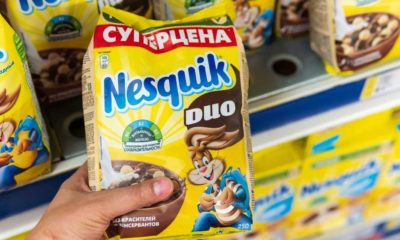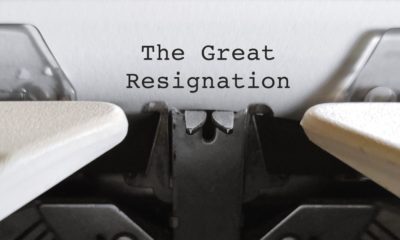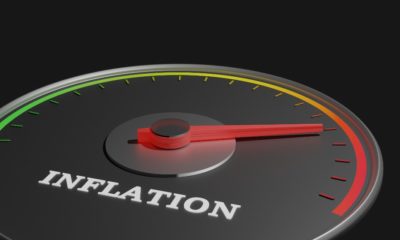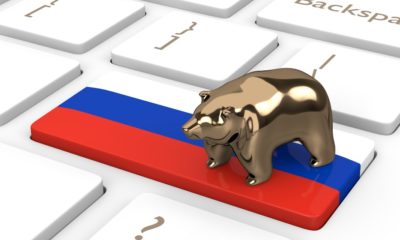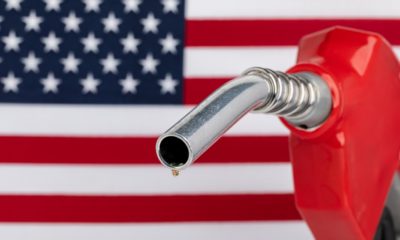Business
Rickards: Stocks Headed Lower, Fed Still Can’t Create Inflation
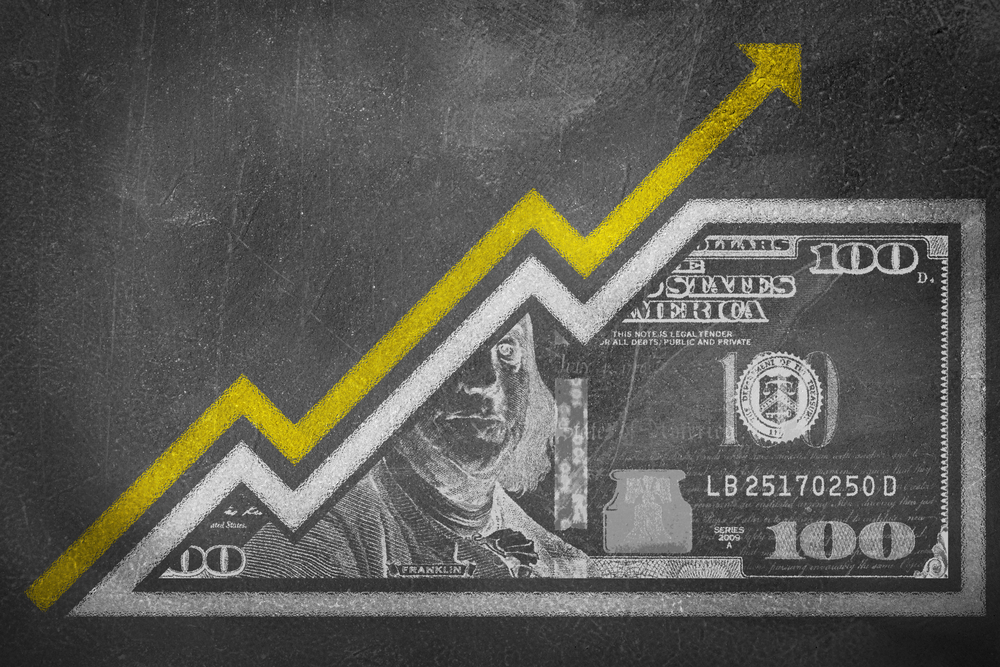
Jim Rickards, an economist and author of “Currency Wars” recently gave his outlook on the stock market. He also shared why he thinks the Fed can’t seem to create inflation despite printing trillions of dollars.
When asked about the stock market, Rickards said it is completely detached from the economy, believes it will fall even further, and revealed why he calls the S&P 500 the “S&P 6.”
“I recommend lightening up on equities, I think equities have a lot further to fall. There’s been a spectacular rally from March 23 to September 2, we had the shortest bear market and the fastest return to a bull market in history, but it doesn’t mean that this is over with. I call the S&P 500 the “S&P 6” because it really is only 6 companies that are dragging along the other 494 because it’s a cap-weighted index. When you look at Amazon, Apple, Microsoft, Netflix, Facebook and Google – or Alphabet – those six stocks are almost 40% of the weight of the index. So when they go up the index goes up,” said Rickards.
He added, “By the way, the six stocks I mentioned, they are the least affected by the pandemic. So my point is the stock market is completely detached from the economy. It used to be that the stock market was kind of a proxy for the economy, not exactly but to some extent. That’s not true anymore. Those six stocks and others like it, some of the tech names, they’re in a world of their own. The economy is in very bad shape and will remain so.”
No Inflation Soon?
Rickards said anyone who thinks we will have inflation due to the trillions of dollars being printed by the Federal Reserve hasn’t been paying attention to the last 11 years. He said if we didn’t see inflation from all the money printing after the Great Recession, we won’t see it now.
“The idea that money printing causes inflation is just not true. Everyone believes it’s true; the monetarists, the Milton Friedman followers, the Austrian economists, even the neo-Keynesians say “yeah, you print a lot of money you get inflation.” It’s not true. And just for empirical evidence, I don’t say things like this without backing them up, between 2008 and 2014 when they ended QE3 at the time, the Fed expanded its balance sheet by almost $3 trillion, and we never had inflation, serious inflation. You know, 1-1.5%, but we never had serious inflation.”
Wanting V.S. Getting
He said the Fed has tried to reach their target of 2% inflation for eleven years. They were only with only a smattering of success. So Rickards said that saying you want inflation and actually getting it are two different things.
“The whole time, the Fed had a target, eleven years if you want to go all the to the end of expansion in 2019, technically February 2020, eleven years and the Fed never hit their target of 2%, for a couple of months, yes, but not on a sustained basis and certainly nothing above that. So I say it’s a sad day when the Fed wants inflation and can’t get it. And they do want it.”
He said their new monetary policy of targeting 2% will likely be just as unsuccessful as the previous eleven years.
“So now they’ve come up with a new monetary policy, they’ve sort of given up on the money printing thing. They say they're going to just let the economy run hot, we’re not going to worry about money supply as much, we’re basically going to let unemployment drop, and let inflation go, if it goes above 2% we’re going to let it stay there for a while. So the below 2% and the above 2% kind of average 2%, and that’s new. Here’s the problem. You can say it, you can take a vote and make it your policy, it doesn’t mean you can make it happen. They failed for eleven years, why do they think they can succeed now?”
Up Next:



